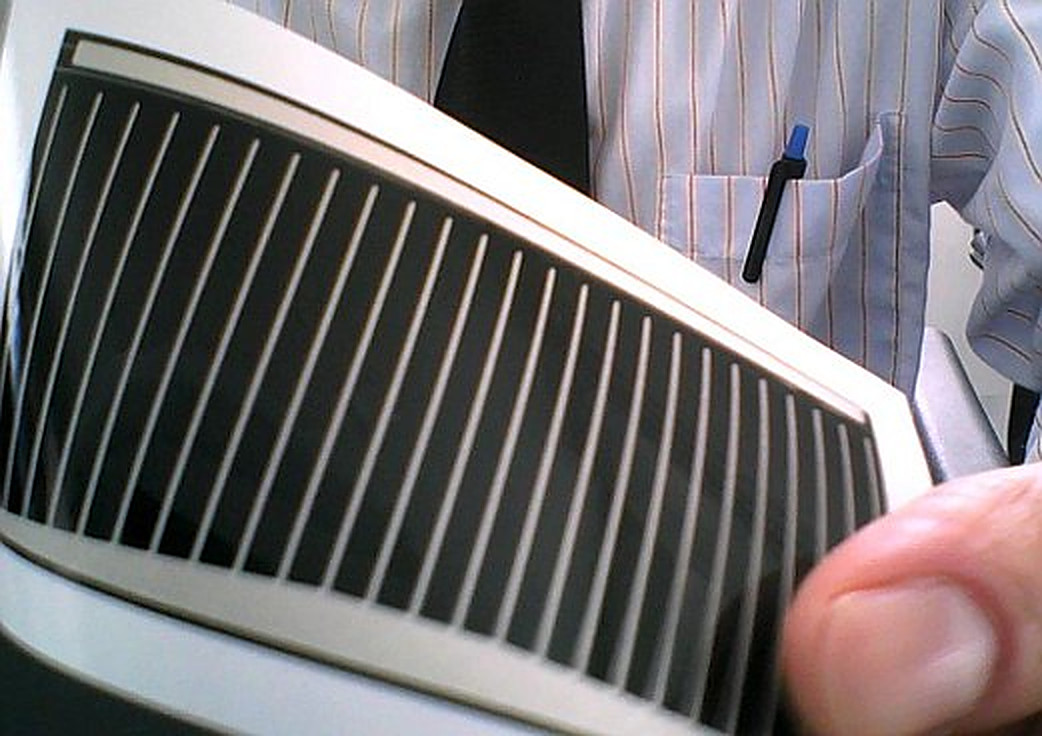The waning prospects for thin-film copper, indium, gallium, selenide (CIGS) solar modules have been spelled out by a Chinese utility as it explained why a costly joint venture set up five years ago to manufacture the technology was being abandoned.
The Shanghai Electric company owned by the city authorities sank RMB250 million (US$39.4 million) into the establishment of Chongqing Shenhua Thin Film Solar Technology Co Ltd in January 2017 in a bid to commercialize the technology.
Work was started on a 306MW CIGS cell production line in the intervening period, Shanghai Electric told the Hong Kong Stock Exchange on Friday, but the project never entered commercial operation and has now been abandoned, leaving the utility on the hook for up to RMB300 million, depending on how much Chongqing Shenhua can repay its five backers.
pv magazine print edition
Get the latest edition of pv magazine today to read about the kinks in the global supply chain which, like the mixed-bag outcome of COP26, have kept a significant portion of this year’s progress tangled up. We find more to celebrate than condemn, however, for 2021 was another record year for solar installations, and the forecasts for this year look even more promising.
German PV production equipment company Manz was heavily involved in the planned project and, as reported by pv magazine at the time, offered up its R&D subsidiary Manz CIGS Technology GmbH to a joint venture with Shanghai Electric and Shenhua Group in return for €25 million (US$28.4 million) and a 15% stake in that CIGS-focused entity.
As news broke today of the abandonment of Shanghai Electric's plans for CIGS manufacturing, Manz told pv magazine: “As already communicated last year, Manz AG is in ongoing discussions with its customer regarding the termination of the CIGS projects. This has not changed as a result of the information from the Shanghai Electric Group about the implementation of an impairment.”
Explaining why the project had been abandoned, Shanghai Electric said crystalline silicon had come to dominate solar manufacturing in the past five years and had secured rapid cost reductions “while, for the CIGS thin film photovoltaic products, the R&D strength is weak, the product conversion efficiency is slow to improve, and the industrial chain is not yet mature.” The company continued: “If the [CIGS manufacturing] project is put into production, the revenue and cost of Chongqing Shenhua will be inverted, resulting in [a] huge amount of loss.”
Popular content
The advantages of “CIGS batteries” in building-integrated PV were outweighed by the complexities of the construction industry, the utility added, referring to a sector of the Chinese economy which is suffering high-profile turmoil at the moment due to high levels of indebtedness.
The stakes
Shanghai Electric invested its initial RMB250 million for a 20% stake in the ill-fated venture, which is now preparing for impairment losses of an estimated RMB1.42 billion (US$224 million) on equipment including that 306MW cell line.
China Energy Conservation and Emission Reduction Co Ltd was the majority investor in a thin-film venture backed by public bodies, with its RMB675 million (US$106 million) securing a 54% stake. Shenzhen Laibao High-tech Co Ltd and the National Institute of Clean and Low Carbon Energy each contributed RMB125 million for 10% holdings and the Chongqing Liangjiang New Area Strategic Emerging Industry Equity Investment Fund Partnership held 6% of the stock after a RMB75 million (US$11.8 million) investment.
This copy was amended on 24/01/22 to add details of Manz's involvement in the CIGS joint venture and the company's comment on the matter.
This content is protected by copyright and may not be reused. If you want to cooperate with us and would like to reuse some of our content, please contact: editors@pv-magazine.com.



2 comments
By submitting this form you agree to pv magazine using your data for the purposes of publishing your comment.
Your personal data will only be disclosed or otherwise transmitted to third parties for the purposes of spam filtering or if this is necessary for technical maintenance of the website. Any other transfer to third parties will not take place unless this is justified on the basis of applicable data protection regulations or if pv magazine is legally obliged to do so.
You may revoke this consent at any time with effect for the future, in which case your personal data will be deleted immediately. Otherwise, your data will be deleted if pv magazine has processed your request or the purpose of data storage is fulfilled.
Further information on data privacy can be found in our Data Protection Policy.